As we’re all probably very much aware, photography can be a very expensive business. We all strive to have the latest and greatest photography gear – but that can often mean a very hefty price tag.
In this guide, we’re going to look at some of the best cameras under £500 or $500. We know that £500 / $500 isn’t a small amount of money either, but it’s at this price point where you can get something which offers both impressive image quality and fantastic handling.
We’ve included both compact system cameras and DSLRs here. Most of these even include a lens for that magic sub £500/$500 price. Keep an eye on promotions throughout the year, as manufacturers often offer cash back deals – especially close to Black Friday and Christmas.
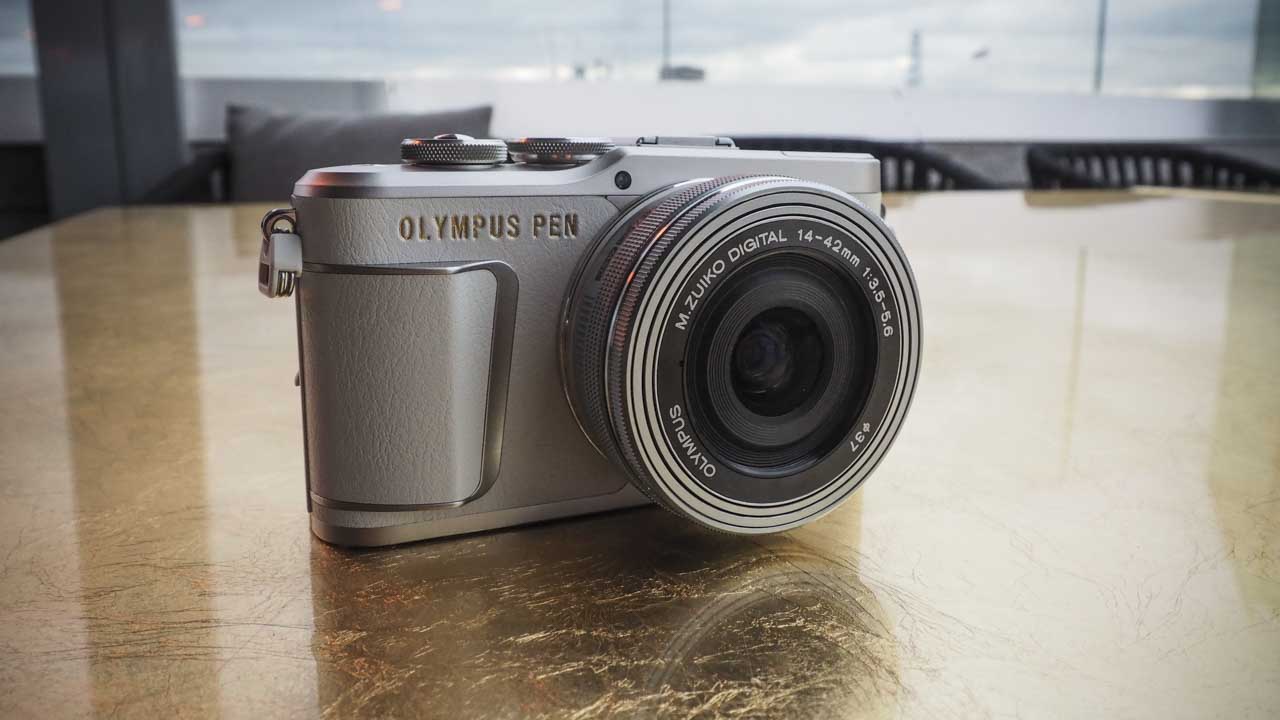
Olympus PEN E-PL9
Solid image quality and a great camera for vloggers
Sensor: Four Thirds Megapixels: 16 Lens Mounts: Micro Four Thirds AF System: 81-point AF system Viewfinder: no EVF, and no accessory port for external EVF Screen: 3-inch, 1040k-dot, 180-degree tilting touchscreen Max Video Resolution: 4K @ 30, 25, 24p Max frame rate: 5fps
The PEN E-PL9 is the entry-level model in Olympus’s range, and though it shares the same 16-megapixel Micro Four Thirds sensor with the PEN E-PL8, it does offer some nice upgrades over its predecessor.
To start, there’s now 4K video recording at 30, 25 and 24p, and Full HD video can be recorded at 60p.
To go along with that 4K video recording is a vlogger-friendly 3-inch, 1,040k-dot touchscreen that articulates 80 degrees up or 180 degrees down on its bracket for shooting selfies and vlogs. The E-PL9’s 4K at 30fps, in particular, is quite impressive for a camera of this size and price.
There’s also a new High Speed Video mode for capturing slow-motion movies, a Clips video mode for capturing 4sec movies and you can also add the camera’s Art Filters and a wide range of other effects to your videos.
You’ll also find the addition of Bluetooth connectivity (a first for Olympus cameras), new art filters, more AF points and Oympus’s new TruePic VIII image processor, inherited from the company’s flagship E-M1 Mark II.
If you want a camera that allows you to record spontaneous movies for sharing, much like you would with your smartphone but with better quality and more control, the PEN E-PL9 shines.
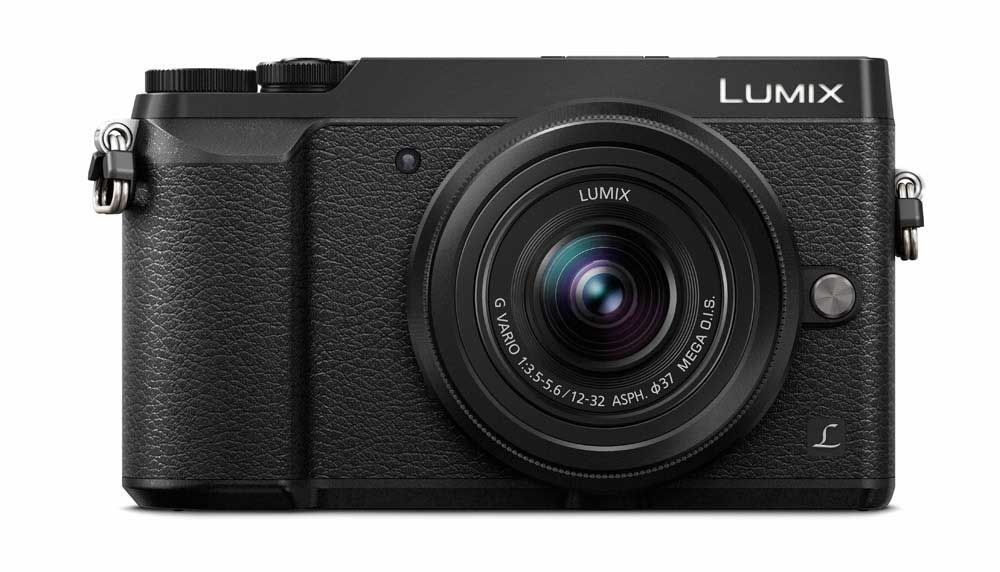
Panasonic GX80 / Panasonic GX85
Small, light and a great step up from your smartphone
Sensor: Four Thirds Live MOS Megapixels: 16 Lens Mount: Micro Four Thirds AF System: 49-point Contrast Detect Viewfinder: Electronic 2,764,800-dot viewfinder, 100% coverage Screen: Tilting 3-inch touch-sensitive 1040k-dot Max video resolution: 4K Max frame rate: 30fps (using 4K Photo)
Pros: Small and light, 4K Photo/Video
Cons: small sensor, small viewfinder
This well featured and small compact system camera is currently available for just £460 including a kit lens. While the sensor is one of the smallest on this list, it’s still quite a jump up from your smartphone.
One of the GX80’s niftiest features is 4K Photo, which allows you to grab stills from 30fps 4K video – that means you should be able to capture fleeting moments with moving subjects, ideal for family shots. It’s also the only camera on this list to offer 4K video recording – a great feature for the price.
A tilting, touch-sensitive screen is joined by a viewfinder, which while on the small side is great for composing when the sun is bright. Micro Four Thirds lenses are extremely numerous, so should you decide to spend a little extra cash on another lens, you should be able to find something to suit your needs.
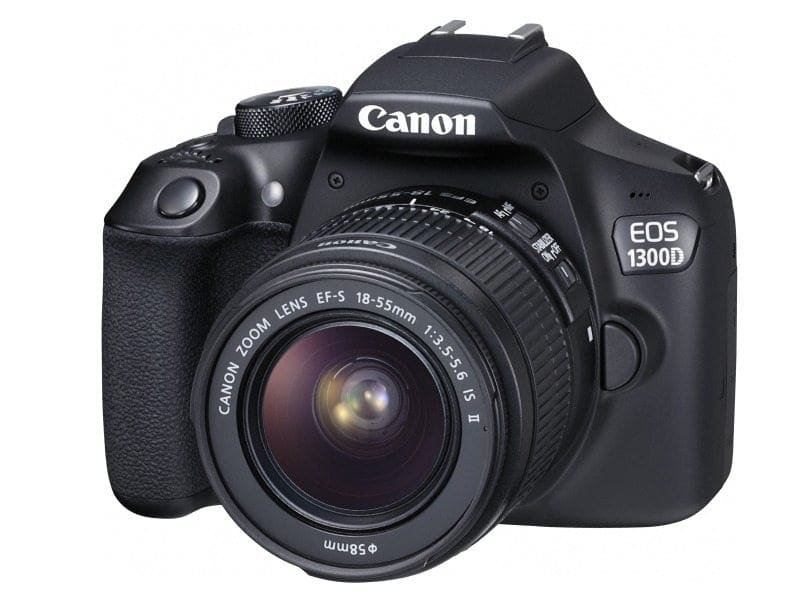
Canon EOS 1300D
A fantastic value option for those looking for their first DSLR
Sensor: APS-C CMOS Megapixels: 18 Lens Mounts: Canon EF-S AF System: 9- point phase-detect system, f/5.6 cross type at centre Viewfinder: Optical pentamirror viewfinder, 95% coverage Screen: 3-inch, 920k-dot Max Video Resolution: 1080p Max frame rate: 3fps
Pros: Super cheap price, APS-C sensor
Cons: Slow frame rate, not 100% viewfinder
Available for just £320, including a kit lens, the 1300D is a fantastic choice for anybody who wants their first DSLR.
It’s got an 18 million pixel APS-C sensor, which is capable of producing vibrant and detailed shots. If you mainly shoot static subjects, the 1300D copes very well, with a 9-point AF system and a 3fps frame rate – if you like to shoot sport, action or wildlife – you may want to turn your attention elsewhere though.
As well as being a fantastic camera to learn with, the 1300D opens you up to the Canon ecosystem, which is pretty much unrivalled when it comes to breadth and depth. If you’re on a super tight budget, this is a great option, and at under £320, you may even have some funds left over for a second lens (we’d recommend a 50mm f/1.8 to get you started).
Canon EOS 200D / Rebel SL2
A great all-rounder you can grow with
Sensor: APS-C CMOS Megapixels: 24.2 Lens Mounts: Canon EF-S AF System: 9-point reflex AF system, f/5.6 cross type at centre Viewfinder: Optical pentamirror viewfinder, 95% coverage Screen: 3-inch, 1040k-dot, vari-angle touchscreen Max Video Resolution: 1920 x 1080p Max frame rate: 5fps
While the Canon 1300D (known as the Canon Rebel T6 in the US) is small and light, its feature set is a little spartan in some respects. The Canon 200D, known as the Canon Rebel SL2 in the US, which sits above it in Canon’s DSLR line-up offers a bit more to open-up the range of creative opportunities yet it’s actually smaller and lighter.
One of the key distinctions between the 200D / SL2 and both the 100D / SL1 and 1300D / T6 is that it has a vari-angle screen. This makes it far easier to compose images and video footage from above or below head height, whether you’re shooting in landscape or portrait format.
Another key upgrade that the EOS 200D / Rebel SL2 makes on the 100D / SL1 is the 24.2-megapixel CMOS sensor, that’s a 6.2Mp step-up.
With that sensor comes Canon’s DIGIC 7 processing engine – also found in the full-frame EOS 6D Mark II launched at the same time – which Canon says is 14x faster than its previous iteration and consequently it allows the camera to shoot at higher sensitivities and faster frame rates – 5fps in continuous mode.
Provided that you don’t stray above ISO 12,800 the Canon EOS 200D / Rebel SL2 produces high quality images with a good level of detail and well-controlled noise. Colour, exposure and white balance are also good in the most commonly encountered shooting conditions and the 9-point AF system is fastest enough for most subjects.
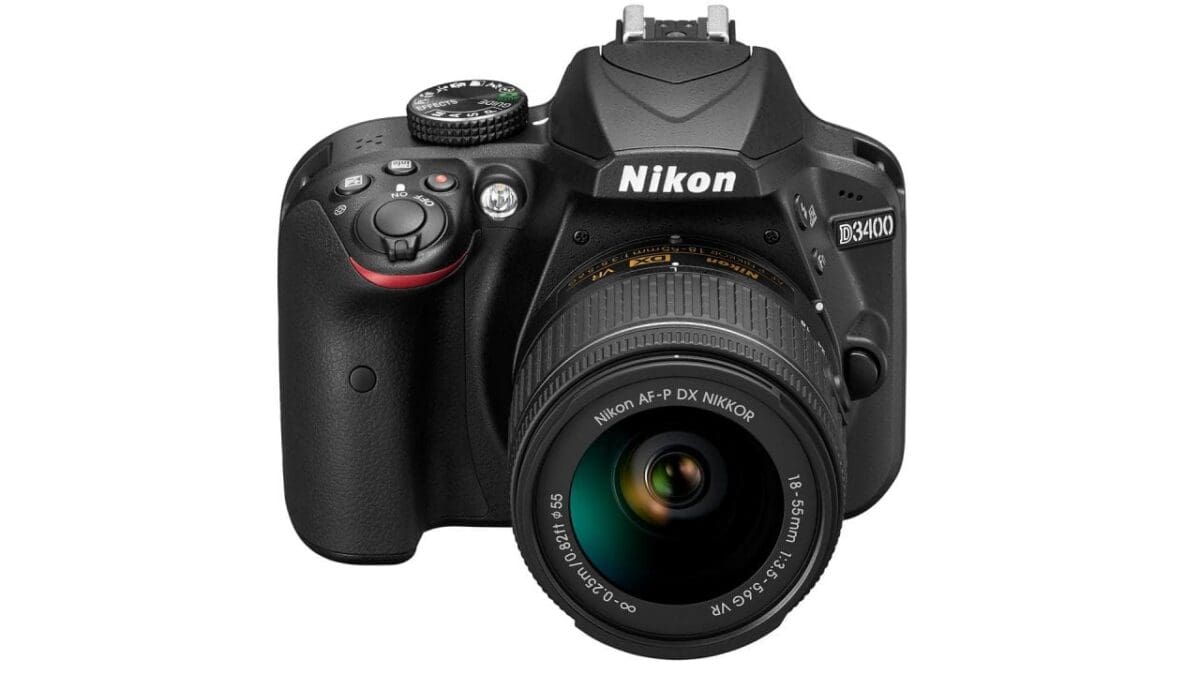
Nikon D3400
A beginner friendly camera, with an on-screen guide to help you learn
Sensor: APS-C (DX format) CMOS Megapixels: 24.2 Lens Mount: Nikon F AF System: 11-point phase-detect system, including one cross-type sensor. Viewfinder: Optical pentamirror viewfinder, 95% coverage Screen: 3-inch, 921k-dot Max video resolution: 1080p Max frame rate: 5fps
Pros: Guide mode, inbuilt connectivity
Cons: No 4K video, 95% viewfinder
The main choices when it comes to DSLRs are either Nikon or Canon. We’ve already discussed Canon’s beginner option – but Nikon’s is perhaps just a little bit better (but slightly more expensive too).
Pick this up for around £400 – to include a kit lens – and you’ll be rewarded with a very user-friendly Guide Mode, perfect for those who have just bought their first DSLR. The APS-C sized sensor is also well equipped to produce detailed, well-saturated shots.
Nikon’s Snapbridge is also a great feature which means you can quickly and easily transfer your shots to your smartphone ready for sharing online – perfect for Instagram and the like.
Just like with Canon, entering into Nikon’s system gives you access to a huge range of accessories and lenses.
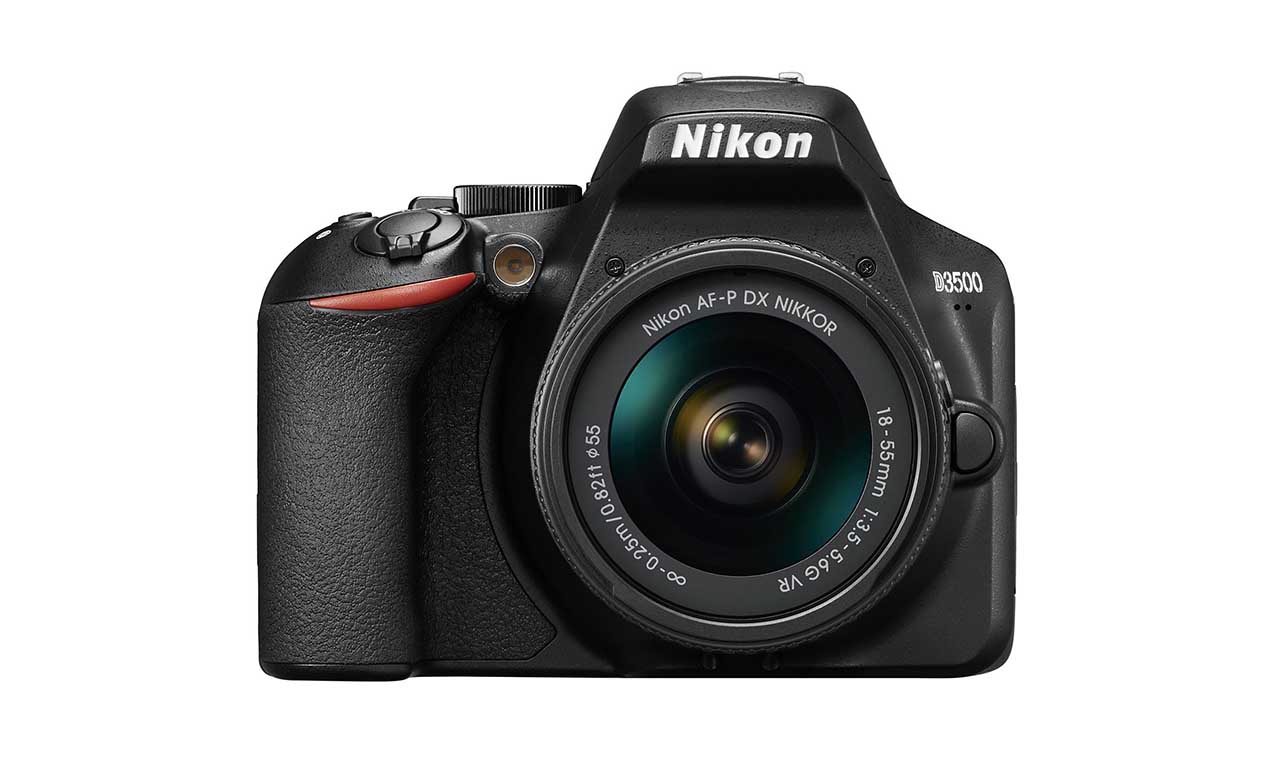
Nikon D3500
Perhaps the best spec at the best price for any beginner camera
Sensor: APS-C (DX format) CMOS Megapixels: 24.2 Lens Mount: Nikon F AF System: 11-point phase-detect system, including one cross-type sensor. Viewfinder: Optical pentamirror viewfinder, 95% coverage Screen: 3-inch, 921k-dot Max video resolution: 1080p Max frame rate: 5fps
In a change from the D3400, the Nikon D3500 has a monocoque construction – like the Nikon D5600. This means that there are fewer joints in the body and it’s a bit lighter than the D3400.
While much of spec on the D3500 is held over from the D3400, there are a few key differences. For starters, the D3500’s APS-C format 24.2Mp sensor is new (although it has the same effective pixel count as the previous chip). In addition, it’s a little lighter than the D3400 and its battery lasts for a few more shots. Nikon has also tweaked its design a bit in comparison with the D3400.
Although the D3500 doesn’t feel quite as tough as cameras further up Nikon’s DSLR line, it feels reasonably good for an entry-level model. The grip is particularly impressive as it’s nice and deep. Nikon has make the body thin so that the deep grip doesn’t increase the overall size.
While it would be nice to have a vari-angle touchscreen, that would push up the price of the D3500. It’s designed to be an entry-level, affordable option.
However, Nikon hasn’t skimped on the sensor and it delivers high-quality results with a good level of detail. The camera is also tuned to help beginners get decent images in a wide range of situations.
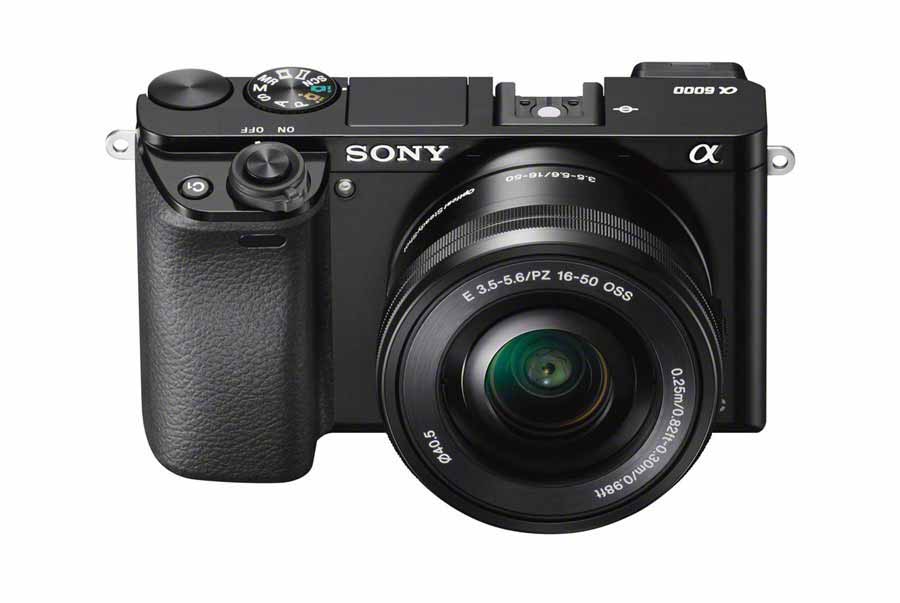
Sony A6000
An ideal all-rounder, for those that like to shoot a bit of everything
Sensor: APS-C CMOS Megapixels: 24.3 Lens Mount: Sony E-mount AF System: Fast Hybrid AF, 179 phase detection points, 25 contrast detect points Viewfinder: Electronic 1,440,000-dot viewfinder, 100% coverage Screen: Tilting 3-inch 921k-dot Max video resolution: 1080p Max frame rate: 11fps
Pros: Great AF, good viewfinder
Cons: No 4K, screen only tilts, isn’t touch-sensitive
Sony’s A6000 has proven to be a very popular camera, and with a price of £465 (including a 16-50mm kit lens), it’s not particularly difficult to see why.
For your cash, you get a good all-rounder camera, which is great for action shots, with a high-performing AF system and 11fps to play with. The sensor produces detailed and vibrant shots, making it also good for plenty of other subjects, such as landscapes and portraits.
The viewfinder is bright and clear, and while the screen doesn’t fully articulate, being tilting does mean you get some flexibility with awkward framing.
Sony’s E Mount range continues to grow, with some fantastic options for you to consider once you outgrow the kit lens.
Fujifilm X-T10
An older model which still produces the goods
Sensor: APS-C X-Trans CMOS II Megapixels: 16.3 Lens Mount: Fuji X AF System: 49-point Intelligent Hybrid AF Viewfinder: 0.39-inch, 2360k-dot electronic viewfinder, 0.62x magnification Screen: 3-inch, 920k-dot, tilting LCD monitor Max Video Resolution: 1080p Max frame rate: 8fps
Pros: High performing sensor, great handling
Cons: Screen not touch-sensitive, Full HD video only
The Fuji X-T10 is available for around £445 body only, so you’ll need to push the budget a little bit for a lens too. Alternatively, picking up an X-T10 second hand is a great idea, too.
With the X-T10 you get one of Fuji’s X-Trans CMOS sensors, which although APS-C sized have been shown to outperform some full-frame sensors. You also get a decent focusing system, lovely viewfinder and a tilting screen (it isn’t touch-sensitive though).
We love the look and feel of the X-T10, with its retro design and plethora of dials making it a joy to use. The main differences between the X-T10 and the X-T20 come down to how it handles moving subjects – so if your main interests are static, such as landscapes, and portraits, it’s a canny choice.
Fujifilm X-A3
Solid image quality in a compact, blogger-friendly body
Sensor: APS-C X-Trans Megapixels: 24.2 Lens Mount: Fuji X AF System: 77 points Screen: 3-inch, 1,040k-dot, 180-degree tilting LCD monitor Max Video Resolution: 1080p Max frame rate: 6fps
Fujifilm’s entry-level X-A3 has since been replaced, but it remains a solid camera. A beginner mirrorless camera aimed at those looking to make the leap to interchangeable lens cameras from smartphone photography, the X-A3 offers almost the perfect package to learn and grow with.
On board the Fuji X-A3 is a new 24.2-megapixel APS-C sensor, which delivers Fujifilm’s hallmark colours and skin tones.
A new Portrait Enhancer mode aids this skin tone reproduction by brightening them, while an Eye Detection AF mode aims to make self-portraits easier.
Another key feature of the Fuji X-A3 is that the camera offers a 180-degree slide-and-tilt LCD screen with 100% visibility.
Even when it’s articulating LCD screen is tilted 180 degrees for a self-portrait, the Fuji X-A3 will activate Eye Detection AF to adjust focus on the subject’s eyes.
Other features include Full HD video recording, a maximum shutter speed of 1/32,000sec, Panorama and Time Lapse modes, built-in Wi-Fi functionality and a 49-point focus area for AF in the Single Point mode, plus new Zone and Wide / Tracking modes, which use 77-point focus areas to capture moving subjects.
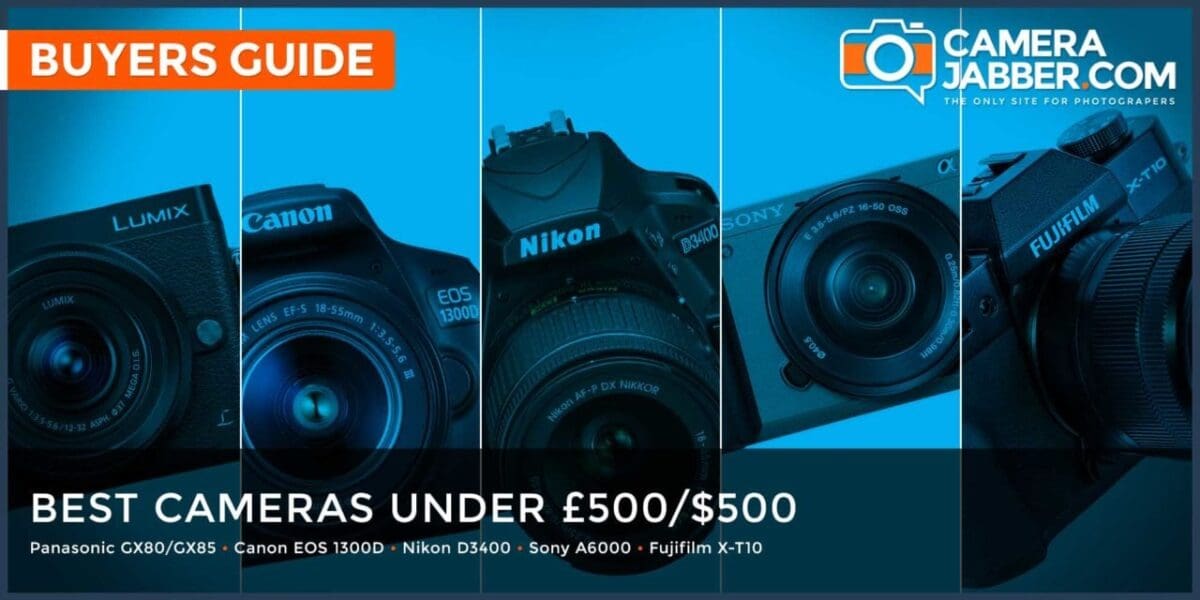
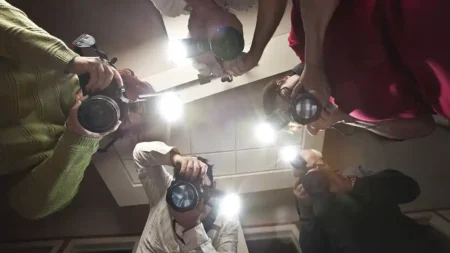
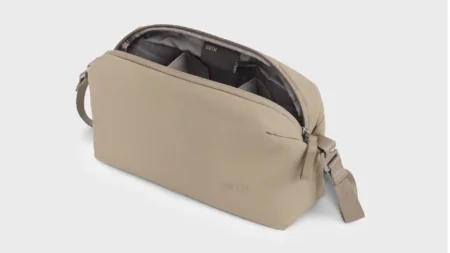
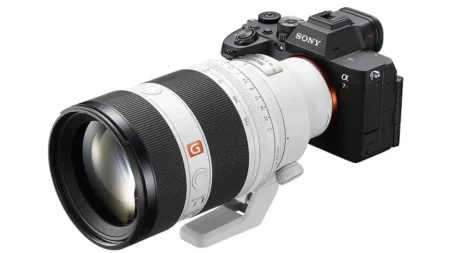
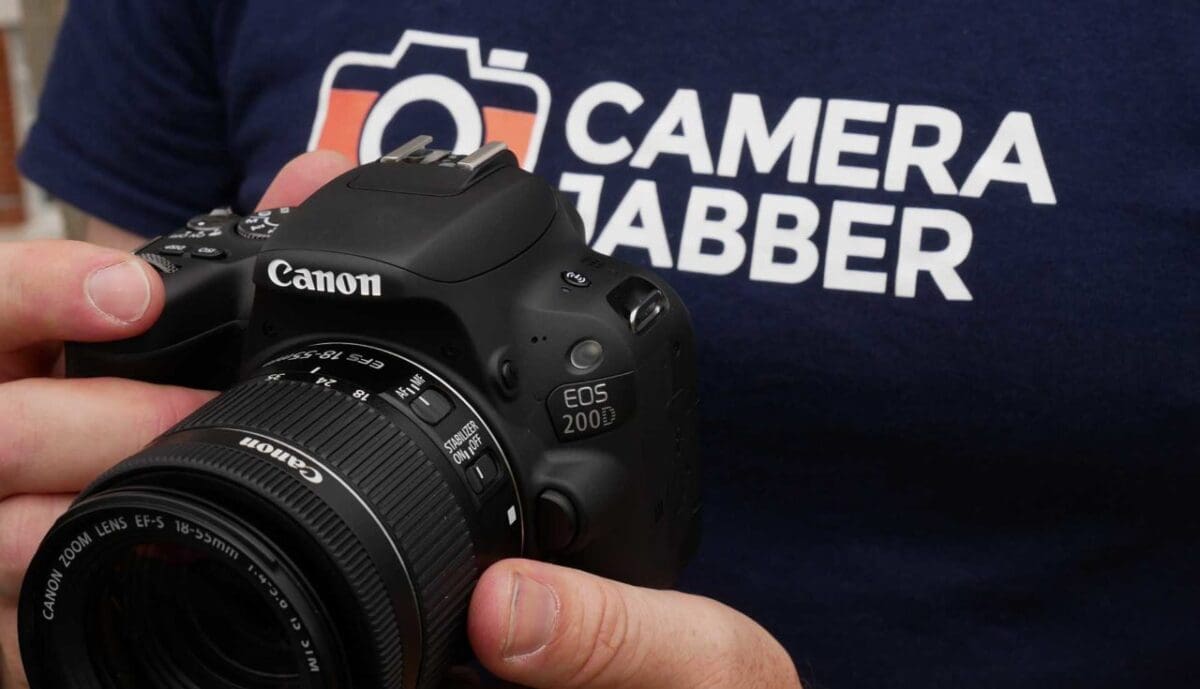
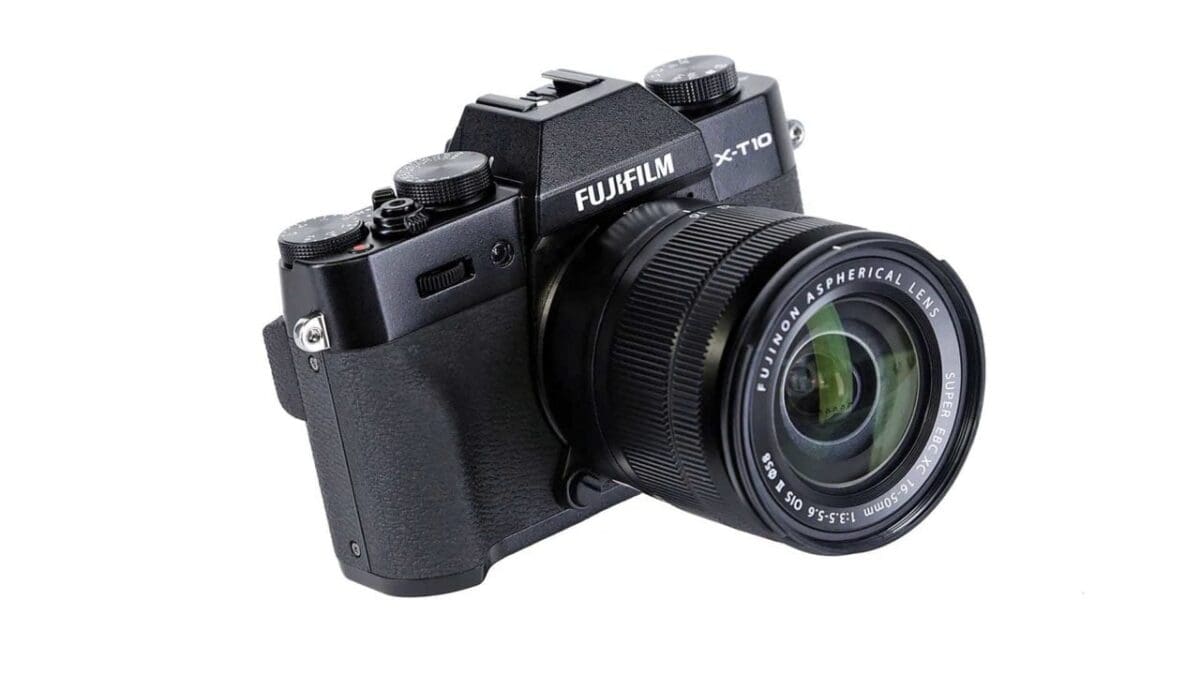
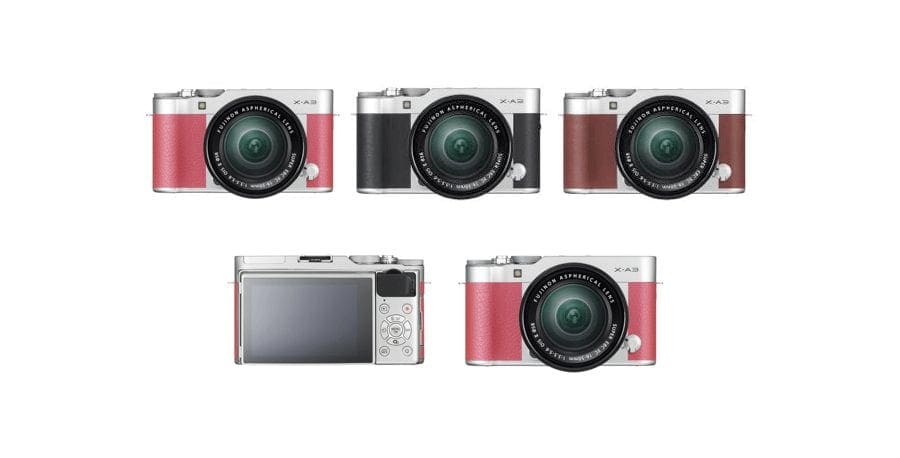
Hello camerajabber,
I’m a vlogger. So I think This is really so helpful article for all kind of vloggers.
Thanks for share your experience.